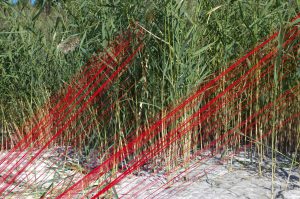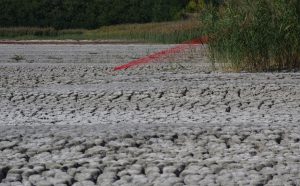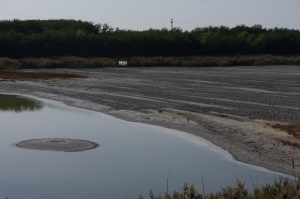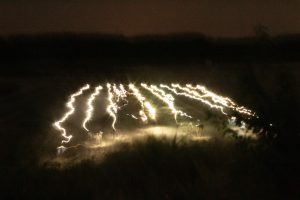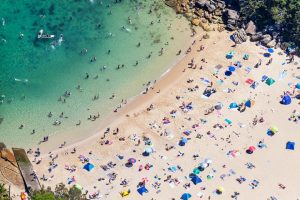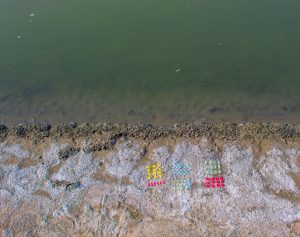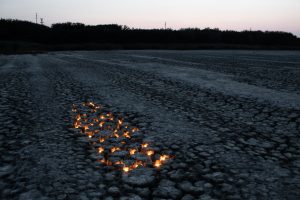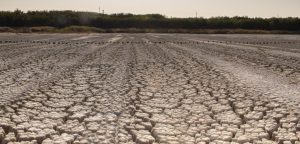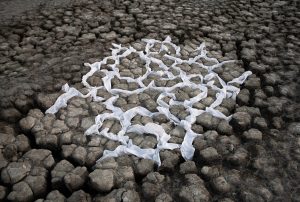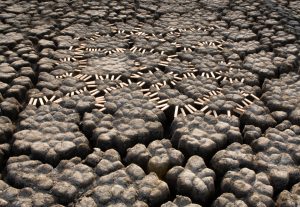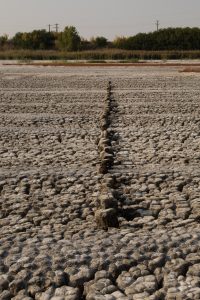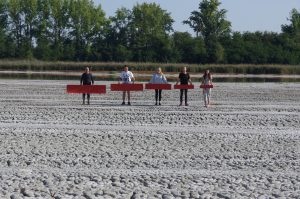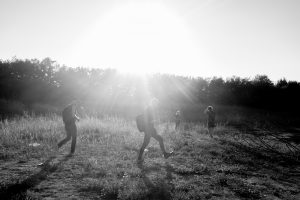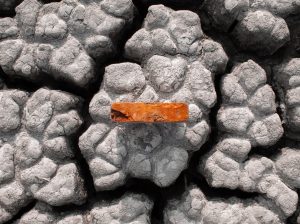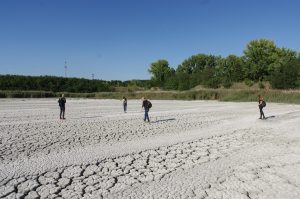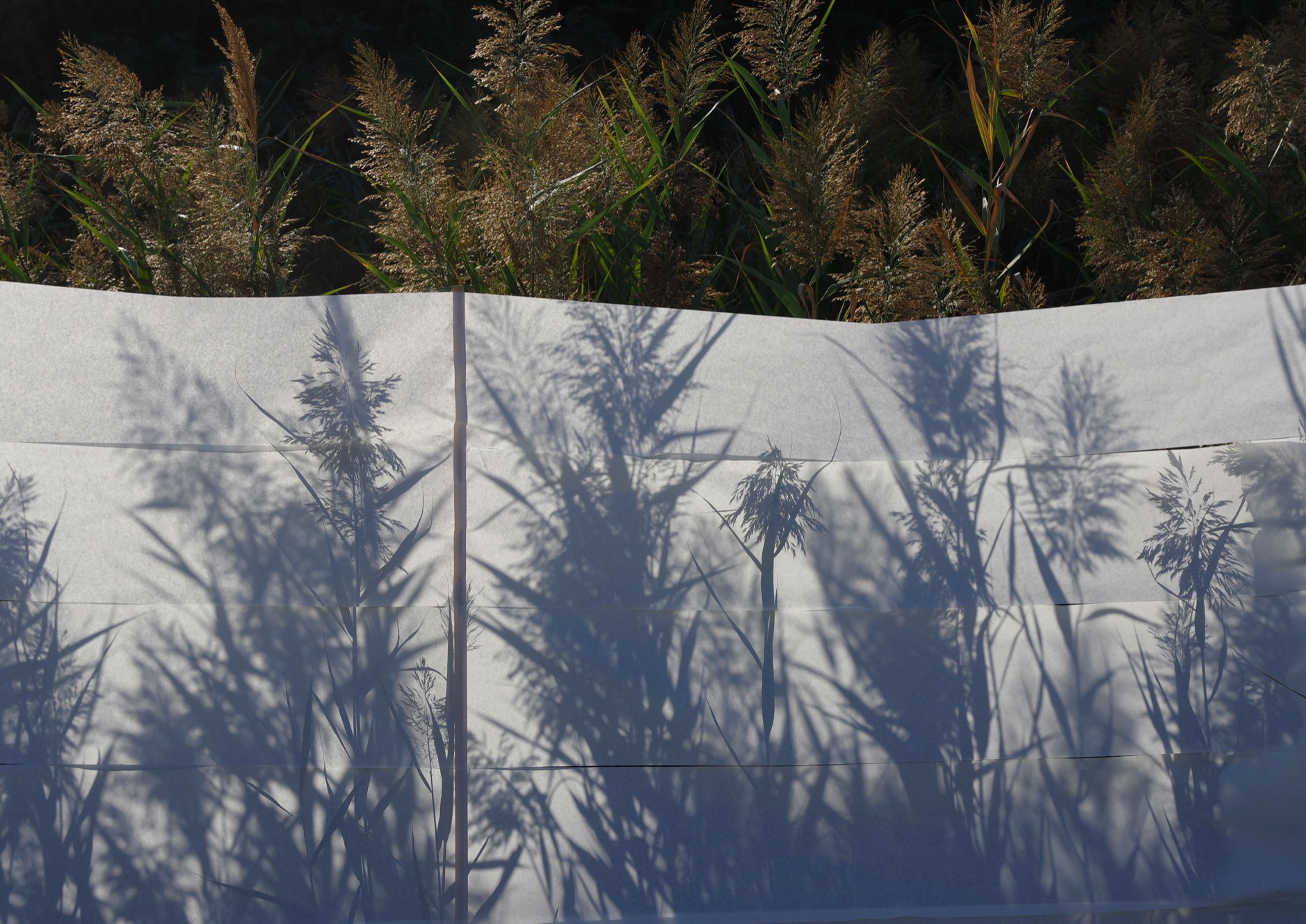
ATLAS O2 – Small Interventions in the Landscape DEB
Walking the canal- small interventions in the landscape
The natural environment is a specific medium for spatial perception. The basic references that define the built environment, such as scale, dimension and distance, do not apply. To characterise the landscape, the observer is forced to resort to abstract concepts such as density, absence, infinity, etc. Abstraction also determines cognition: non-objective, personal cues help.
Methodology
The natural environment is a specific medium for spatial perception. The basic references that define the built environment, such as scale, dimension and distance, do not apply. To characterise the landscape, the observer is forced to resort to abstract concepts such as density, absence, infinity, etc. Abstraction also determines cognition: non-objective, personal cues help.
The workshop is aimed to address the problem of the relation between landscape (natural) and object (architectural), which is far from trivial. The questions were: what is the relationship between landscape and object, how does the landscape affect the object and the object the landscape. Can all this be modelled and by what tools?
Our basic hypothesis: small-scale interventions ‘in-situ’ help to learn about place and can also be used to model the landscape-object relationship.
The workshop was limited to the practical implementation of the basic hypothesis, and sought to prove it experimentally by systematically drawing conclusions from practice. During the first site visit, we identified a site with general landscape characteristics such as the absence of a point of alignment, the lack of scale, the barely tangible dimension, the notion of barrenness that characterizes the natural landscape. These landscape characteristics were most evident in the dry lake bed, and its atmosphere distinguished it from the surrounding landscape types. We tried to approach the character of the lake bed first by tactile cognition: walking around the lake, walking in the lake bed, unexpected sampling. This was followed by the classic design phase, but only project outlines were sketched out, taking into account what ‘building materials’ were available. It is not negligible for the method that in many cases the interventions were decided by searching (wandering) around the site, since the aim was precisely to get closer to the site through the practice of ‘building’. For this reason, most of the workshop was spent on site, constantly ‘building’ objects. We made shad-patches with red yarn as a landscape prosthesis, shad-covering with a coherent surface (sketch pauses) as a negative landscape prosthesis, line-like imagery by highlighting the dried mud-cubes of the lake bed, then at night, mud-grid delineation with light, a visual game of here-red-where-red-red creating a mismatch of proportions (cardboard surfaces with brick proportions), other interventions suggesting a loss of proportion as in the Italian Riviera (small cardboard surfaces and the mud pattern). All interventions were temporarily ‘built’, none remained part (or not-part) of the landscape as the method implied. We examined the relationship between the constructed object and the landscape, drew conclusions from the view, documented and then ‘dismantled’ it. It was not a question of presentability, of extracting so-called ‘artistic value’, these objects were a means of cognition, of investigation. For this very reason, we consider the documentation of the interventions and the evaluation of the experiences gained to be a phase that is not at all incidental to the methodology. It is assumed that the workshop experiences will be incorporated into the design thinking, in particular in the definition of the design programe and the scale of the planned building, and in the selection of the building site, and will influence the designer’s decisions in this respect, i.e. the workshop experiences will feed back the design process.
TEXT: Tamás Szentirmai
Tutors: Tamás Szentirmai, János Vági, Miklós János Boros (DEB)
Students: Diána Bodorkos, Skrabák Julianna, Marcell Korhán
Read more similar articles in our LTT1 Digital Publication linked below:





